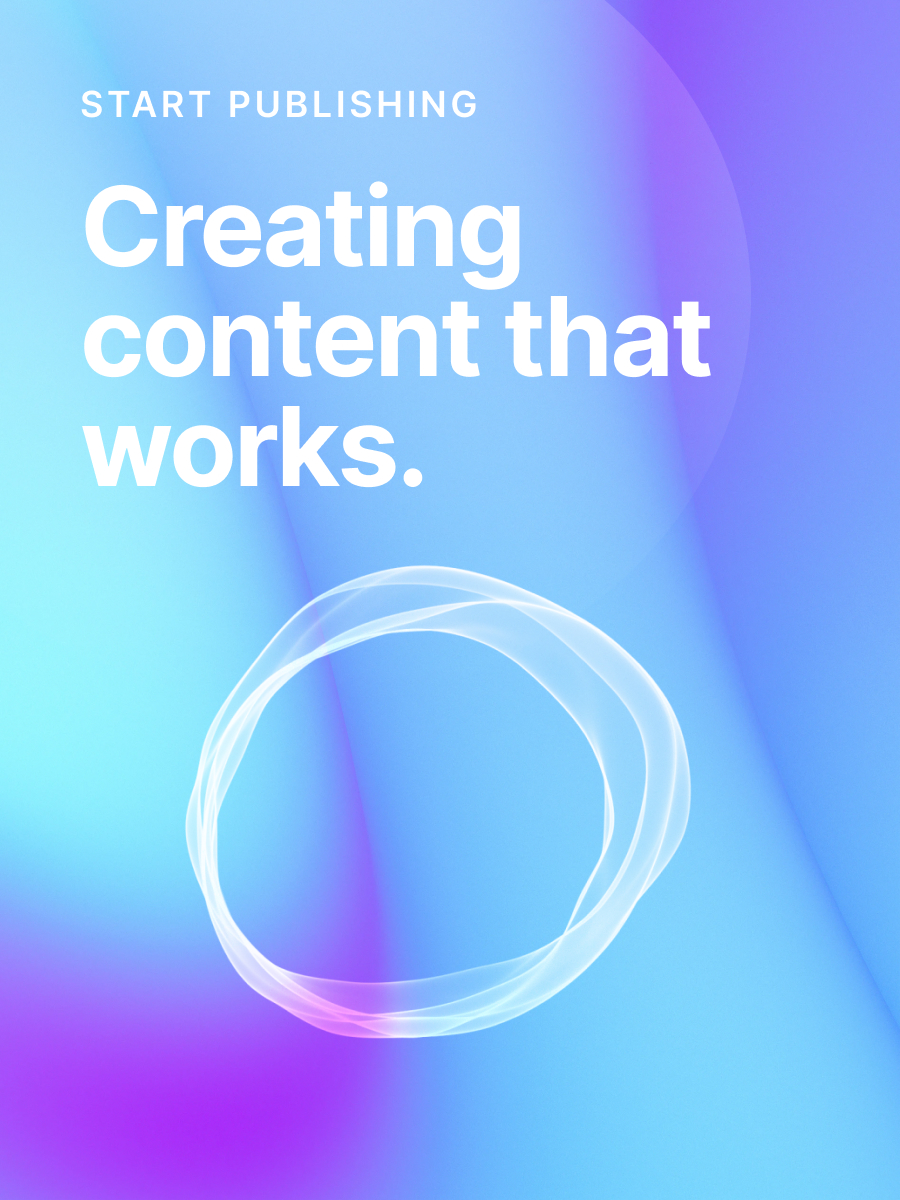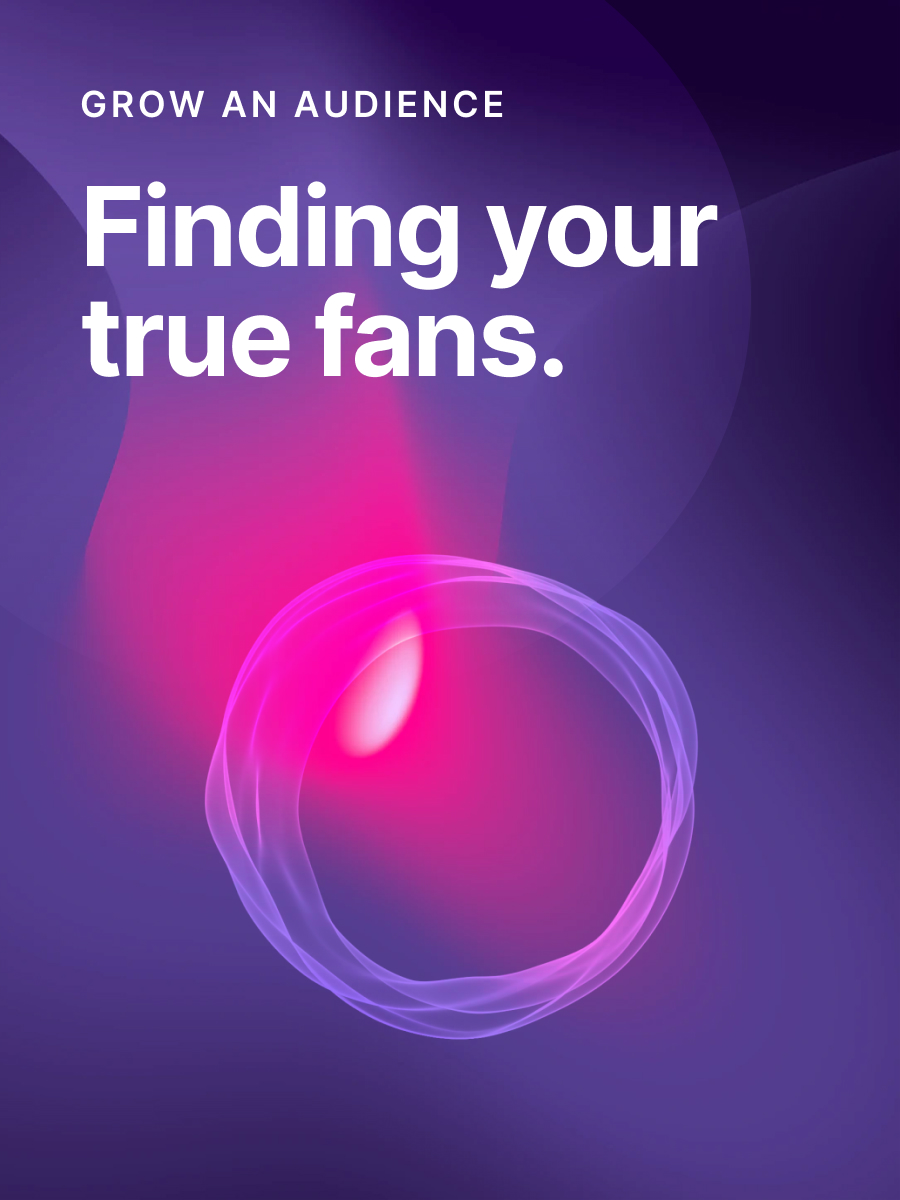#163 — Why adaptable publishers keep winning
In the latest edition of Publisher Weekly, find a detailed guide to hiring a designer for your website, read about the advantages of mobile-first newsrooms, and see why those who adapt keep coming out ahead of the competition.
Want to get featured below? Submit an article.
To be adaptable means being "able to adjust to new conditions." More than ever, the skill of adaptability will determine which publishers are still around a decade from now. This week's issue of Publisher Weekly targets a number of the ways growing publishers are changing, shifting, and evolving in order to meet their readers where they're at with the content they're looking for.
💯 Top picks
How to create a design brief for a Ghost theme
Your website is the home of your business — a window to the world that promotes your creative work 24/7.
This week's article on the Ghost blog provides clear steps for hiring a professional designer to customize your website. Some of the resources mentioned in the post include a free Notion template to start with, a link to Ghost's expert's directory, and step-by-step tutorials on customizing a Ghost theme.
💸 Business models
The creator economy is in crisis. Now let’s fix it.
There is an immense power imbalance between platforms and creators.
Li Jin offers an in-depth look at the troubles currently facing the creator economy. Their main critique is that the creator economy is following the same detrimental path of the gig economy: exploitation of workers, income insecurity, and the disproportionate power held by platforms. The article includes a number of possible solutions, such as rethinking the platforms and business models used by creators.
Related: Can the creator economy help democratize entrepreneurship? — Entrepreneur
Study finds content entrepreneurs are reshaping creator economy
Researchers have discovered several interesting finds from a new study that surveyed 1,400+ digital creators. Here are a few of the most noteworthy:
- On average, it takes nine months for a content entrepreneur to earn their first dollar, and 26 months until they generate enough income to support one person
- 95% are not tied to cities; they just need an internet connection to run their business.
- Those who are supporting at least a few people with their content business are monetizing content through four different channels on average — meaning revenue diversification is a key strategy for financially mature businesses.
Substack’s global expansion is risky business
Operating a global business is tricky, especially when that business tries to fund journalism in countries not so favorable to it. Reporter Andrew Deck reviews the difficulties Substackers are facing all across the world, from being unable to receive local financial support, to censoring from their governments and receiving serious threats to their safety. Deck highlights the limits of Substack's supports in an effort to show writers viable alternatives.
📝 Modern publishing
Quora joins the creator economy with a new space subscription earning option
The question and answer website Quora has implemented two ways its users can now earn money through the platform. The first is an ad revenue sharing model similar to YouTube's: the more views a response gets, the more income a creator can earn. The second is the addition of private "spaces" that users can subscribe to for access to private content from an individual creator.
Subscriptions, newsletters can help solve the media financing problem
For a long time, investors steered away from the publishing space because of shrinking markets and razor-thin margins. However, this is changing because of the influx of membership-based models used in the industry. Venture capital firms and individual investors are now lining up for a chance to invest in media companies, big and small, as subscription models revive the space. This move speaks to the power of sustainable business plans.
Related: Katherine Bell, editor-in-chief of Quartz, on the power of newsletters — Journalism UK
How to set up a mobile-first newsroom
Up to 85% of audiences in parts of Asia consume their news content through mobile devices. This has led some forward-thinking newsrooms to become mobile-first, meaning they create, edit, and publish all of their media directly from smartphones. In addition to the economic benefits of less expensive equipment, they are also able to produce content very quickly. This article provides steps for those who would like to experiment with this strategy.
📬 Email newsletters
The 12 fixes in this thread will solve 80% of your website's conversion problems
The Growth Tactics account on Twitter released a thread to help publishers increase conversions on their websites. Their tips include limiting the number of actions a visitor can take, pairing impossible headers with realistic sub-headers, and using social proof strategically.
TikTok for publishers: Thoughts, stats and an exploration
If you want to reach out to a new audience between 19 and 49, this is where they spend 52 minutes a day, every day.
What's New In Publishing explains the opportunities available to publishers who are willing to dedicate time to learning how to capitalize on TikTok trends. They also explore the communities present on the platform, such as those focused on old movies, comedy, and books. Depending on your niche, this may be a growth channel worth investigating.
Related: When is the best time to post on Instagram for publishers? — WNIP
The New York Times is making about a third of its newsletters subscriber-only
The newspaper is moving several of its most popular newsletters behind the paywall in an effort to provide current subscribers with more value while encouraging casual readers to subscribe as well. Most paywalled newsletters consist of opinion-focused content, which has proven to be a driver of subscriptions across the industry.
💻 Technology
Big Tech lost the WFH battle, newsrooms should give in too
The pandemic transformed many work practices we took for granted, and the changes are still underway. The Fix reports that newsrooms are beginning to follow the trend set by technology companies to allow certain employees to work from home indefinitely. This transition brings with it a new trend of more audio-only meetings, training programs, and conferences.
Google’s new algo update, and its effect on sponsored, guest, and affiliate content
Focusing on producing high quality content and improving user experience always wins out compared to manipulating links.
In an effort to curtail the number of spam links and less-than-useful sites populating Google, the company released an update to their algorithm that altered the way different types of links would be valued. The article outlines new best practices around including affiliate links in your posts, as well as using guest posts to increase your website ranking. The Google representative reiterated the fact that creating quality content will always outperform manipulations in the long run.
❤️ Enjoy this newsletter?
Forward to a friend and let them know where they can subscribe (hint: it's here).
Wanna get featured? Submit a story for us to include.
Anything else? Hit reply to send us feedback or say hello.
Join the invite-only community! Connect with like-minded people who create content professionally. Fill out this form to get on the list!






